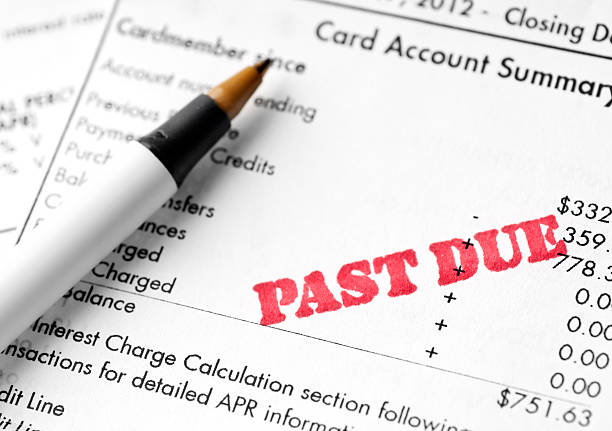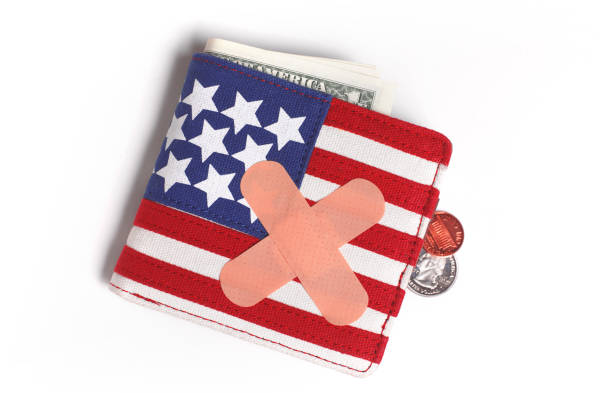
Are you managing your debt? Or is it managing you? If you're stuck in a money quicksand trap, you may not even realize at first that you're in a finan...
Read More
The rise of Buy Now, Pay Later (BNPL) services has revolutionized point-of-sale financing, offering a tempting alternative to traditional credit. Whil...
Read More
The third decade of life is often portrayed as a period of consolidation: careers advance, families grow, and financial foundations solidify. Yet for ...
Read More
The automobile, a symbol of American freedom and mobility, can also become one of its most insidious financial traps. Overextended personal debt, part...
Read More
The specter of overextended personal debt looms large in the modern economic landscape, a burden carried by millions. While often rationalized as a te...
Read More
The relationship between overextended personal debt and conspicuous consumption is a modern tragedy, where the pursuit of social validation through ma...
Read MoreYes, if unpaid bills are sold to collections agencies that pursue legal action. Respond to any court notices to avoid default judgments.
A new credit card increases your total available credit. If your balances remain the same, this instantly lowers your overall credit utilization ratio, which is a key factor in your credit score. However, this only works if you avoid using the new card for purchases.
No, this factor requires time and patience. The best strategy is to keep your oldest credit accounts open and active (with a small, recurring charge paid off monthly) to maintain a long average account age.
The most common examples are mortgages (secured by the house) and auto loans (secured by the vehicle). Other examples can include secured credit cards (backed by a cash deposit), and some personal loans that use a savings account or certificate of deposit as collateral.
Do not ignore them. Request written validation of the debt. By law, you have the right to receive a written notice detailing the amount owed, the name of the original creditor, and information on how to dispute the debt. Do not admit the debt is yours or make a payment until you receive this.